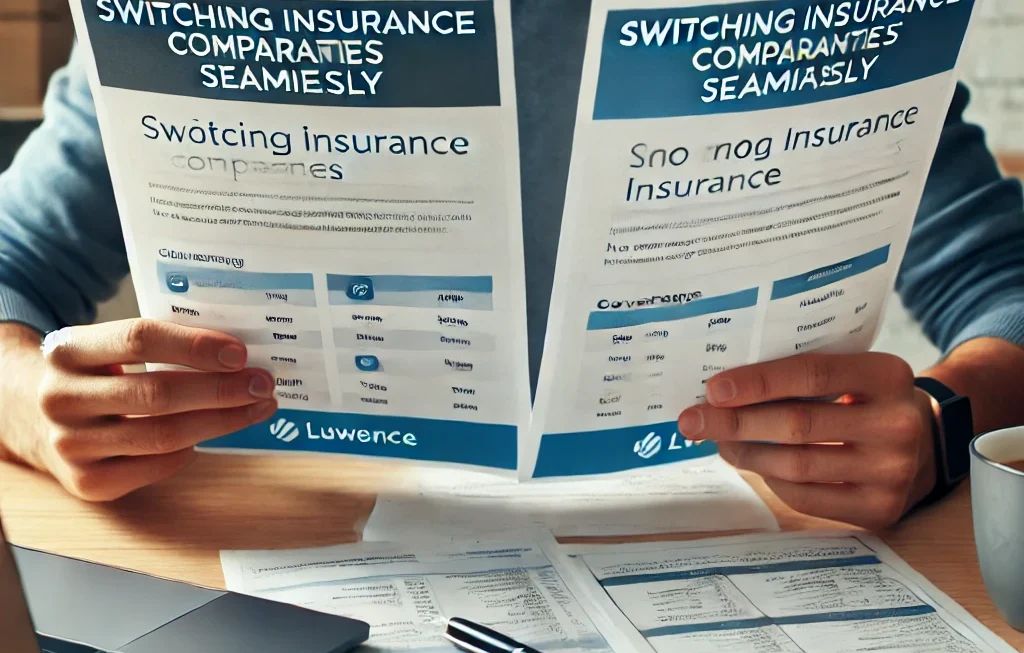Taking control of your finances can feel overwhelming, especially when it comes to managing debt. But don’t worry—by creating a debt repayment plan that works for you, you can regain control and set yourself up for financial freedom. In this guide, we’ll break down the key steps to formulating a repayment strategy that fits your lifestyle and long-term goals.
Debt doesn’t have to control your life. With careful planning and dedication, you can be on your way to becoming debt-free and building a secure financial future.
Debt is something that many people face at some point in their lives. It can come from student loans, credit cards, mortgages, medical bills, or personal loans. What can often seem like a small, manageable amount can spiral out of control if left unchecked. That’s why learning how to create a debt repayment plan that works for you is crucial. It provides a roadmap that helps you pay down your balances, avoid late fees, and eventually become debt-free.
Debt repayment plans are not a one-size-fits-all solution. What works for one person may not work for another due to differences in income, lifestyle, and debt amounts. Therefore, this guide will walk you through customizing a plan that fits your financial situation and helps you get back on track toward financial freedom.
Understanding Your Debt
The first step in creating an effective debt repayment plan is understanding the types of debt you owe. Debt generally falls into two categories: secured and unsecured. Secured debt, such as mortgages or auto loans, is backed by collateral. Unsecured debt, like credit card debt or medical bills, doesn’t have any assets tied to it but often comes with higher interest rates.
Secured Debt:
- Mortgage
- Auto loans
- Home equity loans
Unsecured Debt:
- Credit cards
- Medical bills
- Student loans
- Personal loans
Knowing the type of debt you owe will help you prioritize your repayment plan and understand how interest rates will affect your overall strategy.
Assessing Your Financial Situation
Before you begin repaying your debt, it’s essential to evaluate your current financial standing. This includes reviewing your income, monthly expenses, and any savings you may have. To get an accurate picture, consider creating a detailed list of all sources of income and a breakdown of your expenses, including essential and non-essential costs.
Once you have this overview, you can determine how much money you can allocate toward debt repayment each month. Be realistic with your numbers and leave some buffer room for unexpected expenses. This step is crucial in ensuring that your debt repayment plan is sustainable over the long term.
Why Debt Repayment Plans Matter
Debt can weigh you down not only financially but emotionally. A structured debt repayment plan can relieve some of this burden by giving you a clear path to follow. Instead of feeling overwhelmed by your total debt amount, you’ll have a roadmap to guide you step by step.
Moreover, paying off debt brings several financial benefits, such as improving your credit score, saving money on interest, and freeing up cash for other goals like saving for retirement or buying a home. The psychological relief of watching your balances shrink is an additional motivator that helps keep you on track.
Setting Realistic Financial Goals
Debt repayment isn’t just about paying off balances. It’s about setting clear, achievable goals that you can stick to. Whether your goal is to be debt-free within a certain number of years or to pay off specific loans first, having defined targets helps maintain focus and motivation.
Start by setting short-term and long-term goals. For example, a short-term goal could be paying off a credit card within six months, while a long-term goal might be eliminating all personal loans in five years. These goals should be realistic based on your income, expenses, and the amount of debt you owe.
Prioritizing Your Debts
When you owe money to multiple creditors, deciding which debt to pay off first can be tricky. You’ll want to create a repayment plan that not only helps you get out of debt faster but also saves you the most money in interest payments.
There are two common strategies for debt repayment: the Snowball Method and the Avalanche Method.
The Snowball Method
The Snowball Method involves paying off your smallest debts first, regardless of the interest rate. This strategy is highly effective for individuals who need quick wins to stay motivated. By tackling the smaller debts first, you can reduce the number of outstanding loans and build momentum as you work toward paying off larger debts.
For instance, if you have three credit card balances of $500, $2,000, and $3,500, the Snowball Method suggests focusing on the $500 debt first while making minimum payments on the other two. Once the smallest debt is gone, you move on to the next smallest, and so on.
The Avalanche Method
The Avalanche Method, on the other hand, focuses on paying off debts with the highest interest rates first. This strategy helps you save the most money over time by reducing the amount of interest you pay. While it may take longer to eliminate the first debt compared to the Snowball Method, the financial savings are more significant in the long run.
Using the same example as above, if your $3,500 credit card balance has a higher interest rate than the others, the Avalanche Method would recommend focusing on that debt first.
Choosing Between Snowball and Avalanche
Deciding which method works best for you depends on your personal preferences. If you thrive on small victories and need motivation to stay on track, the Snowball Method may be your best bet. However, if you’re more focused on saving money and don’t mind a slower start, the Avalanche Method could be a better fit.
You can also combine the two methods based on your unique situation. For instance, you might start with the Snowball Method to gain some momentum and then switch to the Avalanche Method for larger, high-interest debts.
Creating a Budget for Debt Repayment
A budget is essential for any debt repayment plan. It helps you allocate funds effectively and ensures that you have enough money to cover both your debts and living expenses. Start by listing your income and all your monthly expenses, then look for areas where you can cut back.
Be sure to include a line item in your budget specifically for debt repayment. Treat it as a non-negotiable expense, just like rent or utilities, so you consistently make progress toward becoming debt-free.
Cutting Unnecessary Expenses
In order to free up more money for debt repayment, you may need to cut back on non-essential expenses. This could involve canceling subscription services, eating out less, or reducing your entertainment budget. Every dollar saved is a dollar you can put toward paying off debt faster.
Automating Your Payments
Setting up automatic payments is an excellent way to ensure that you stay on track with your debt repayment plan. Many banks and financial institutions allow you to schedule automatic transfers from your checking account to your creditors on a set date each month. This takes the guesswork out of managing your payments and prevents late fees, which can make your debt situation worse.
You Can Also Read : How to Create a Debt Repayment Plan That Works for You
Exploring Debt Consolidation Options
Debt consolidation is another strategy worth considering if you have multiple high-interest debts. This involves combining all your debts into one loan with a lower interest rate. By consolidating your debts, you simplify your payments and may save money on interest.
There are several options for debt consolidation, including personal loans, balance transfer credit cards, and home equity loans. However, it’s important to weigh the pros and cons of each option to determine if consolidation is the right solution for you.



